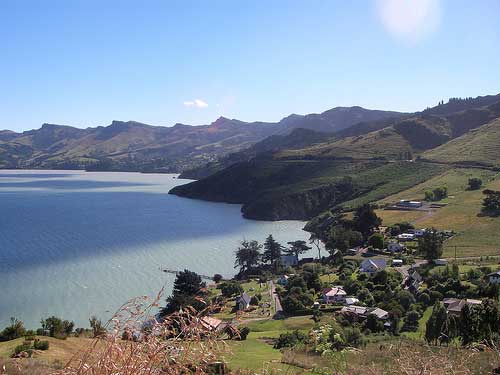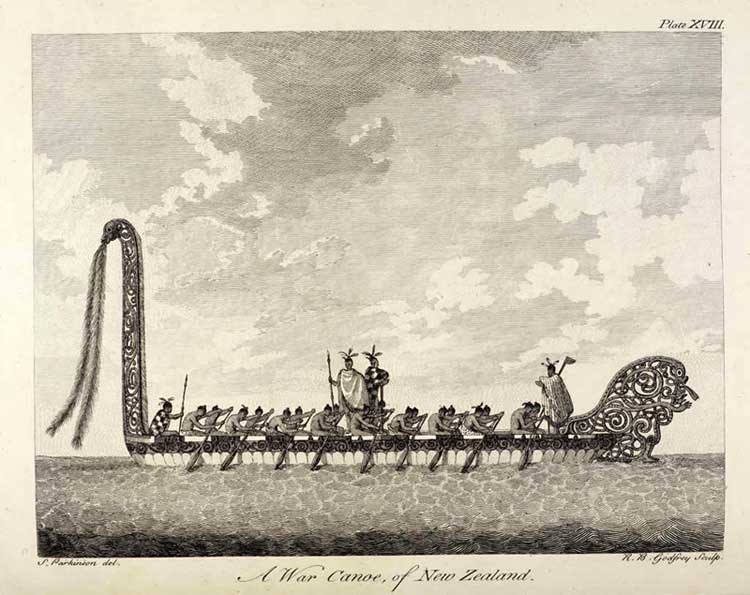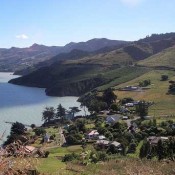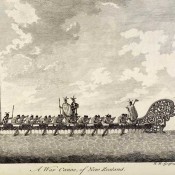The discovery of a Maori adze beneath the demolished Lyttelton post office has provided physical evidence for an oral history dating back more than 800 years.
The woodworking tool was found by archaeologists deep beneath the concrete foundations of the 1875 building on Norwich Quay that was demolished in September.
Its discovery has prompted theories that early Maori settlers may have carved and launched waka on the site.
Te Hapu O Ngai Te Wheke representative Rewi Couch said the adze gave physical proof to centuries-old tales, but until the artefacts were carbon-dated, an exact age of the settlement would not be known.
“This might have been a launch site for waka,” he said.
“They might even have been building waka here. The trees were right down to the shoreline then.”
Historians have long known of Rapaki, the Maori village located under what is now Sutton Reserve, dating back about 800 to 1000 years.
Because of the nature of the soil at the post office site, no evidence of wooden structures, including waka, remained as they would have rotted, Couch said.
However, the midden showed evidence of fires, and a variety of food remains including paua shells, seal bones and fish bones.
Couch said that showed that while Maori would not have lived for long periods on the site, it would have been used periodically for years.
It could have been used in seasonal visits by Maori from other parts of the South Island, possibly to hunt shark in the summer.
Historic Places Trust southern region Maori heritage adviser Helen Brown said the discovery was a “tangible reminder of the multiple layers of history”.







